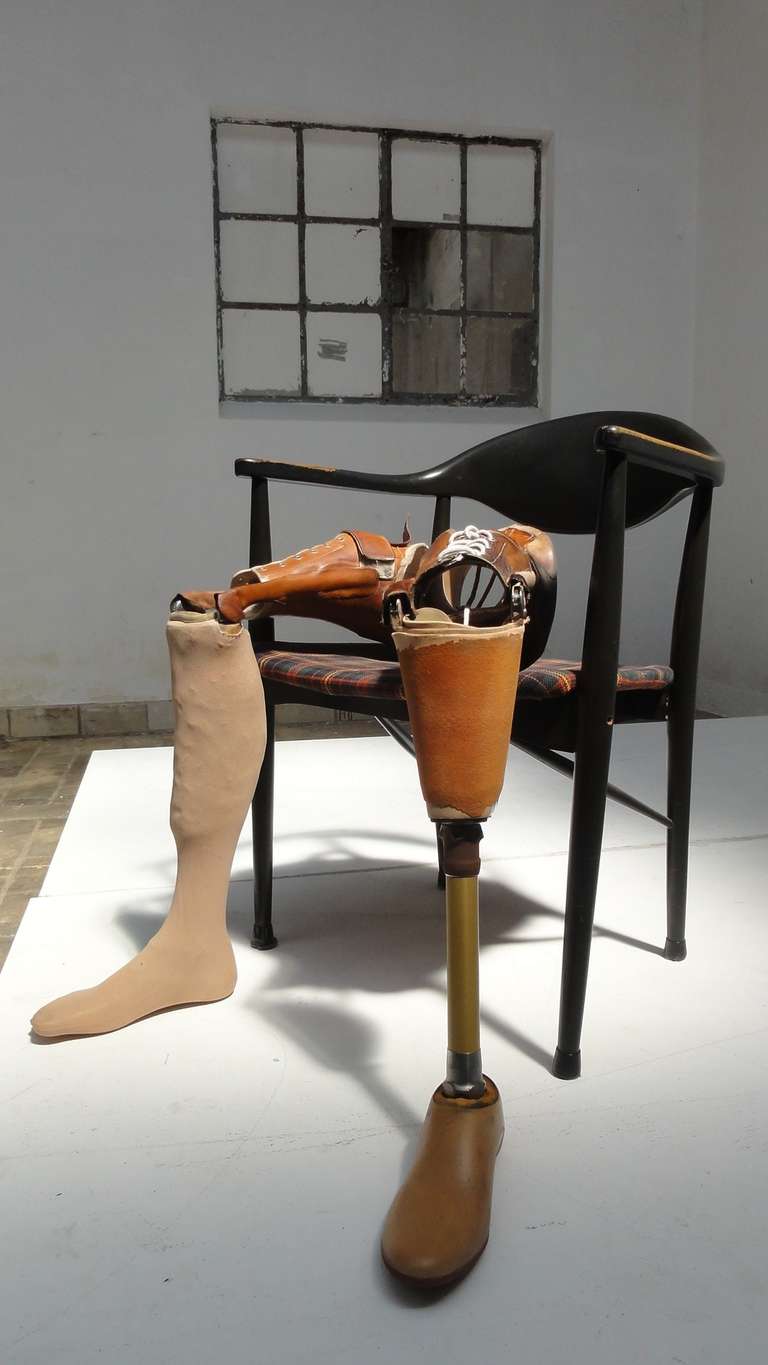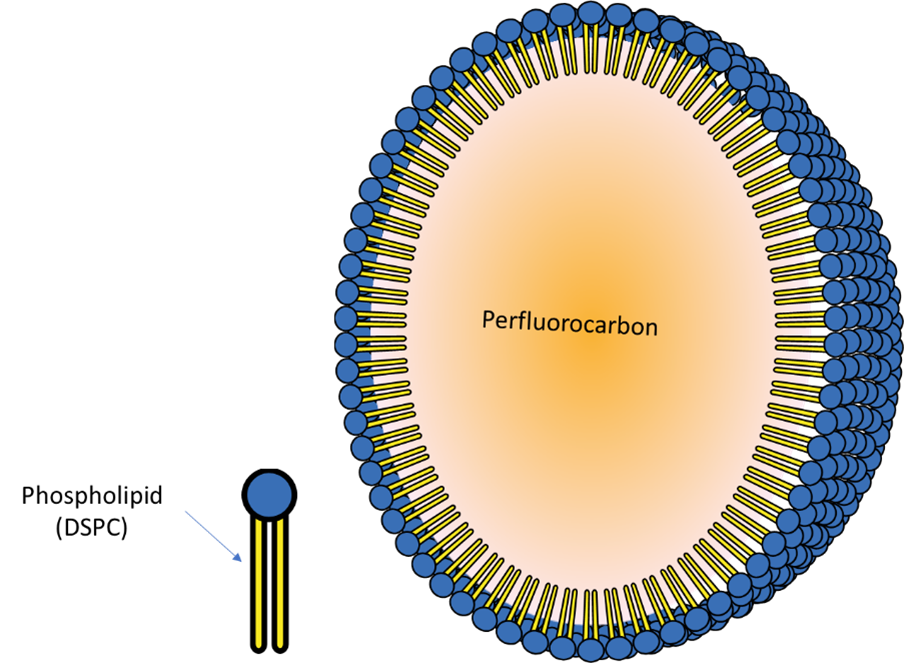Hello, my name is Evan Masters, I’m 19 years old and am in my second year of Biomedical science. In what little spare time I have I enjoy running, gaming, gym and procrastinating. In terms of societies, I’m a bit lazy, though I do play esports for Southampton University and am playing in the qualifiers for a £10000 tournament tonight (02/02/2023), so wish me luck.
Why did I choose this module? First and foremost, this actually looks fun and interesting, especially when my other option was Protein Structure and Function. This also is mostly assessed by coursework which really helps with the stress of exam period. I also might be able to understand some amount of the module, unlike Protein Structure and Function, I really didn’t want to do that module.
I find stem cell research really interesting, initially I was going to do an integrated masters with placement in Scotland in stem cell Embryonics, but alas I did not have a chemistry A level which was required. My brother is also missing a lung so growing him a new one would give me irreputable leverage over him and strengthening my position as favourite child.
Other than that, I tend to enjoy learning outside my field so doing an interdisciplinary module, especially one involving engineering aspects, should be an enjoyable time :).









This is an initially reflective and well researched blog showing how you have chosen to explore the emerging field of…
This is a good attempt at a blog, where you reflect on your recent learning at a lecture/workshop to describe…
This is a fair to good blog, reflecting on your recent learning in some of your modules. You provide a…
This is an engagingly written and reflective blog focussed in general on ethics in medicine. You might improve by citing…
This is a good and well written an presented blog on an original subject - biofilms on implants. You explain…